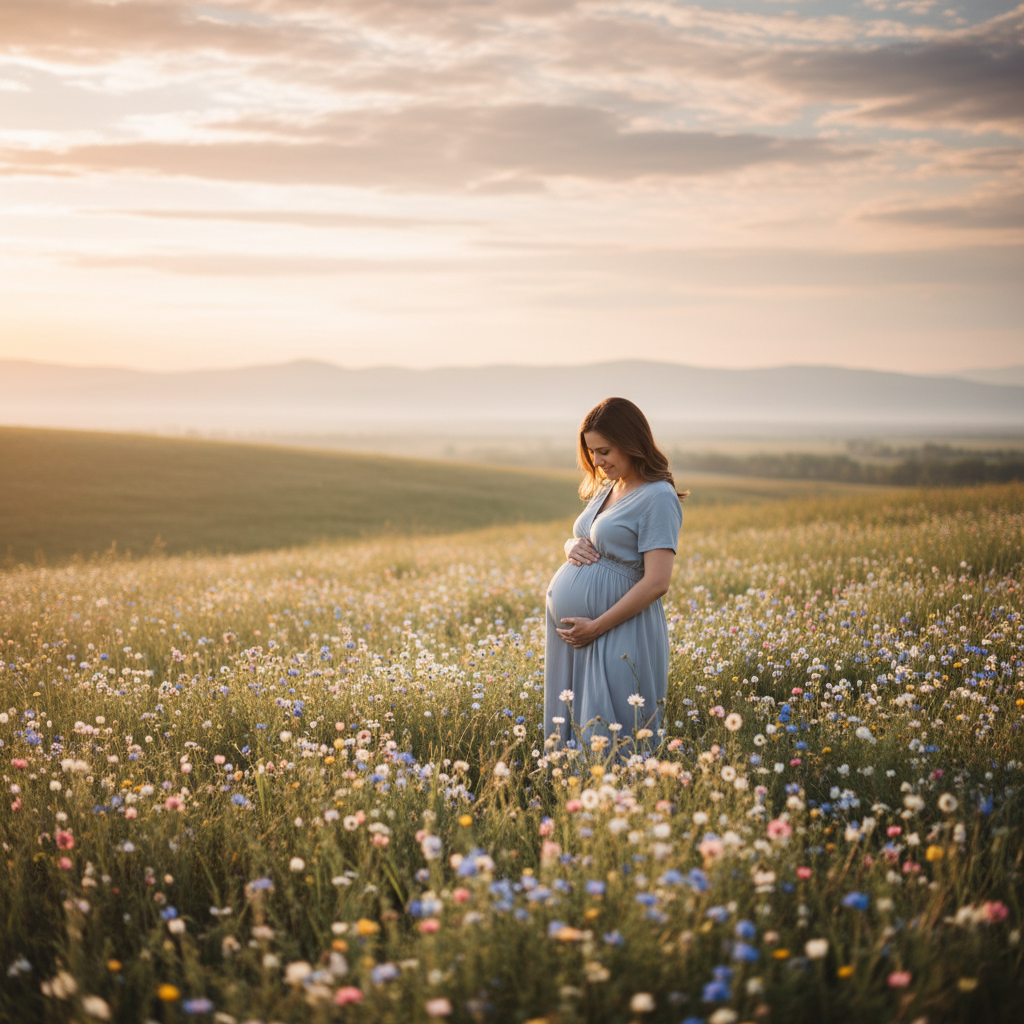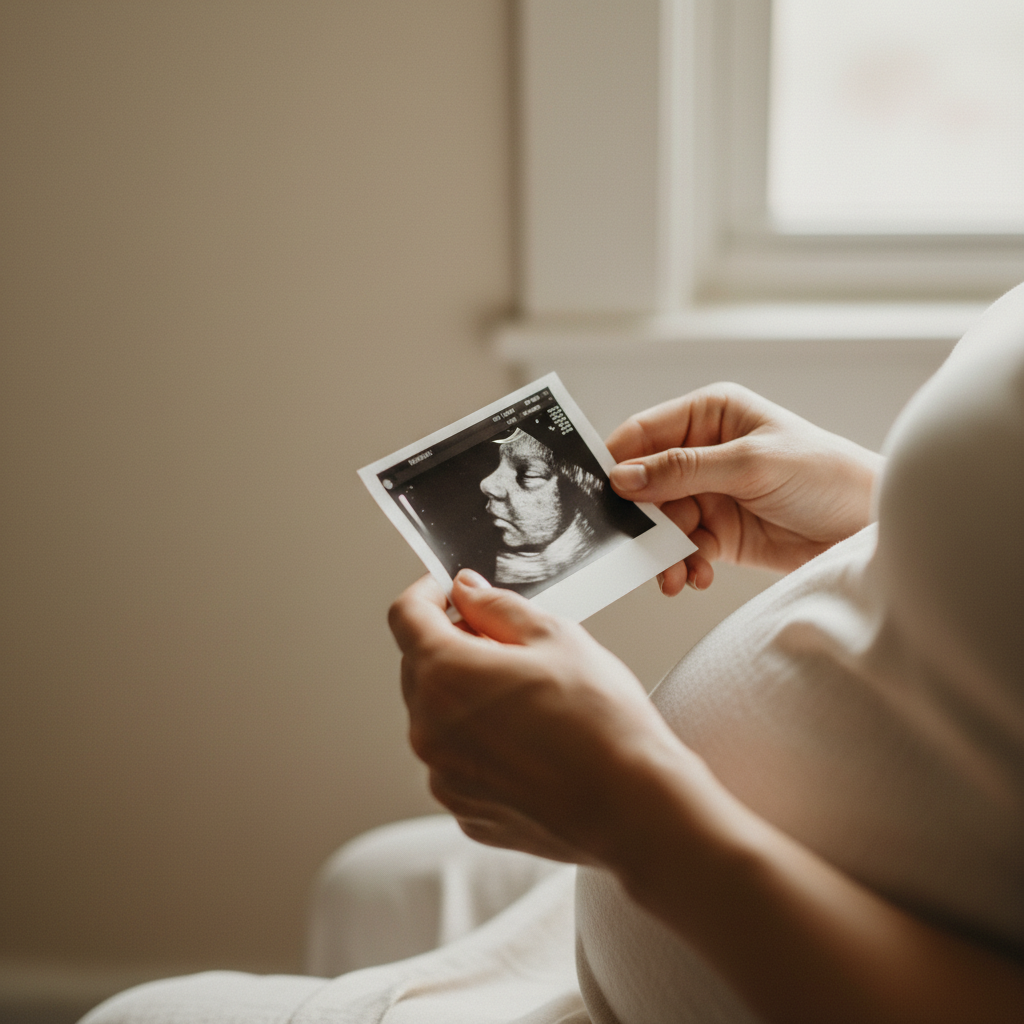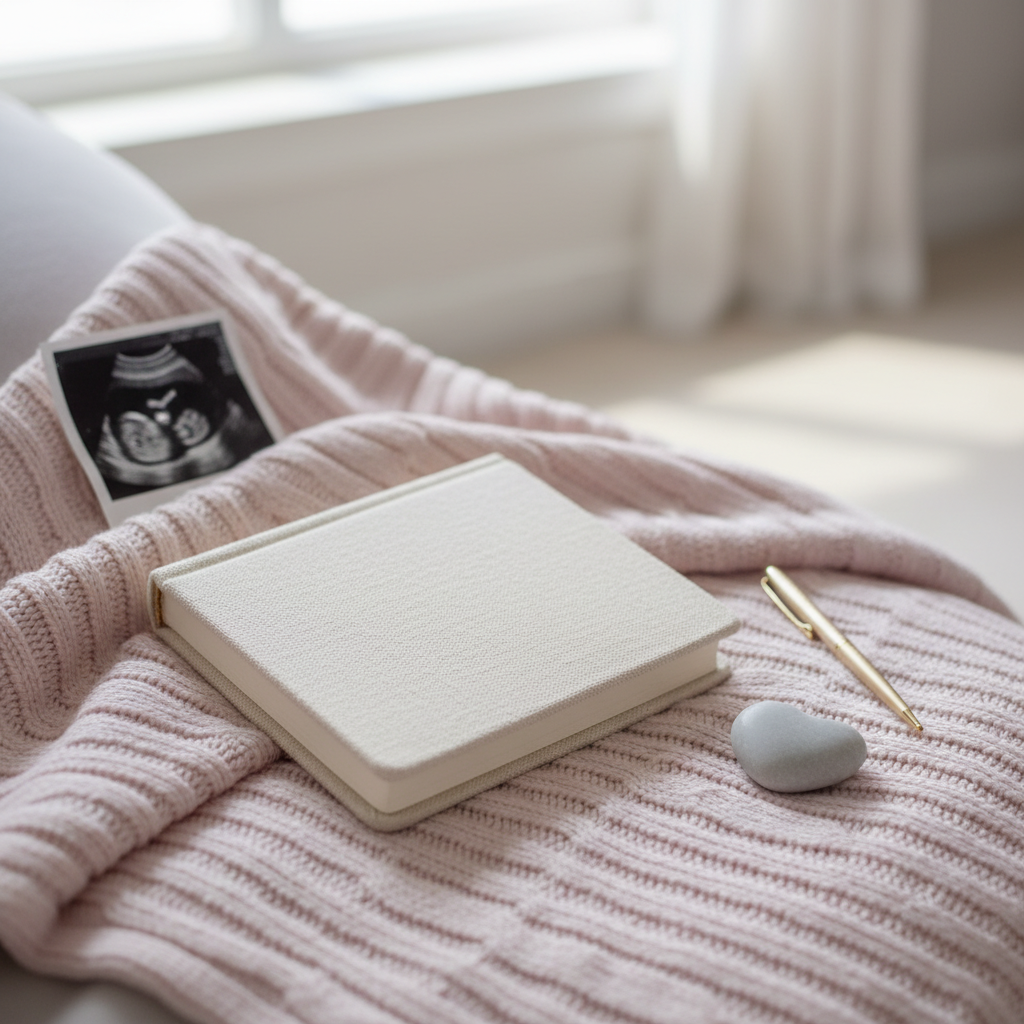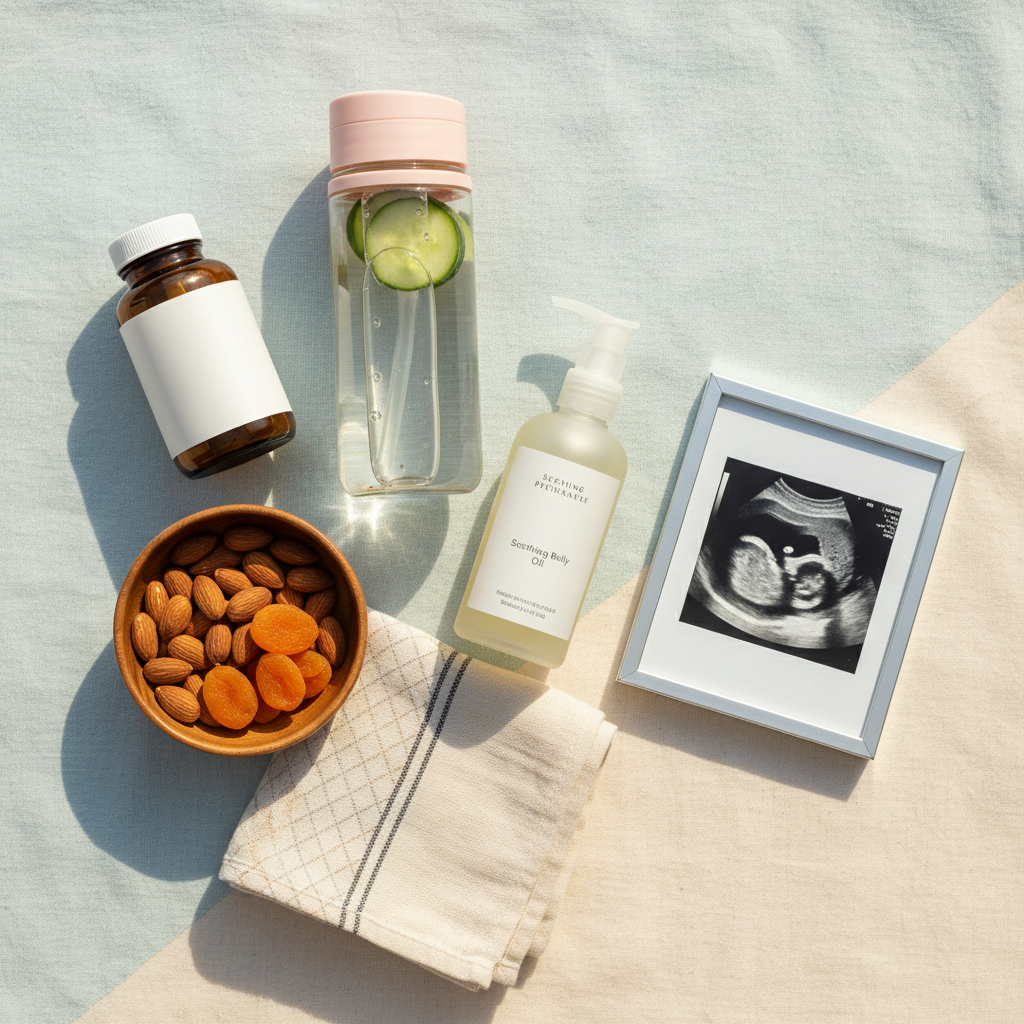
The Development of Baby’s Facial Features and Expressions
One of the most magical aspects of pregnancy is witnessing the development of your baby’s facial features during ultrasounds, especially in the second trimester when these details become more defined. Your little one’s face begins forming between weeks 4-8 and continues to develop throughout pregnancy, with remarkable changes occurring as facial muscles strengthen and your baby practices expressions that will later help with feeding and communication.
Key Highlights
Here’s what you need to know about your baby’s facial development:
- Facial features begin forming between weeks 4-8, long before most women know they’re pregnant
- By the middle of the 2nd trimester, babies can make facial expressions like frowning and smiling
- Your baby practices important movements like sucking, blinking, and mouthing that prepare them for life outside the womb
- Babies can respond to external stimuli like voices and music with facial movements
- These facial expressions indicate healthy brain and nervous system development
Understanding Changes: Early Facial Development

The journey of your baby’s facial development begins remarkably early in pregnancy. Around the 4th week, the neural tube forms, which eventually develops into your baby’s brain and facial structures. By week 8, the basic facial features have begun to take shape, including eye formations, nasal pits, and the early structure of the mouth. This development happens during the 2nd month pregnancy period, when most women are just discovering they’re expecting.
During weeks 9-12, your baby’s face becomes more defined as the ears move to their final position, the eyes shift forward, and the nose and lips form more distinctly. The face gradually transforms from a broad, flat appearance to the more recognizable human face you’ll come to know. By the end of the first trimester, your baby’s facial features are formed but will continue to refine throughout pregnancy, with significant development continuing throughout the second trimester when the face becomes more proportional and defined.
Understanding Changes: Facial Movements and Expressions
As your baby continues to develop in the second trimester, their facial movements become more complex and purposeful. Around weeks 16-20, your baby begins to develop the ability to make facial expressions such as frowning, squinting, and even smiling. These movements aren’t just cute; they’re essential practice for the muscles your baby will need after birth for communication and feeding.
By weeks 24-28, babies develop a full range of facial expressions as their facial muscles strengthen through regular use. Your baby is practicing important skills like sucking, blinking, and mouthing. These movements serve as preparation for life outside the womb, helping to develop the coordination needed for breastfeeding and bottle feeding. The development of these expressions also coincides with significant brain development, as the neural pathways controlling facial movements become more established.
Your Body & Baby: What You’ll See on Ultrasound

One of the most emotional moments for many parents comes during the second trimester ultrasounds when they can clearly see their baby’s face for the first time. During the anatomy scan, typically performed between weeks 18-22, you may be able to see your baby’s profile, including the nose, lips, and even eyelids. This ultrasound provides detailed views that weren’t possible in earlier scans, allowing you to glimpse your baby’s unique features.
What you’ll see depends on your baby’s position and cooperation during the scan. Sometimes babies face away from the ultrasound wand or have their hands in front of their face. The ultrasound technician might ask you to walk around, drink something cold, or gently press on your abdomen to encourage the baby to change position. 3D and 4D ultrasounds, which may be available around weeks 26-32, can provide even more detailed views of your baby’s facial features, sometimes even capturing movements like yawning or thumb-sucking that reveal your baby’s developing personality.
Your Body & Baby: Responding to Your Voice
By the middle of your pregnancy, your baby’s hearing has developed enough to perceive sounds from the outside world, and they often respond with facial movements. Research shows that babies can hear external sounds from about week 18, with their hearing becoming more refined as pregnancy progresses. Your baby will become familiar with your voice, and many babies will respond with increased activity or facial movements when they hear their mother speaking.
This responsiveness creates an early opportunity for bonding. When you talk, sing, or read to your baby, you may notice increased movement, which can include facial responses like mouth opening or tongue movements. Some studies suggest that babies can even show preference for certain sounds or voices, responding differently to their parents’ voices compared to strangers. This early sound recognition is laying the groundwork for future communication and relationship building after birth, as your baby is already learning to associate your voice with comfort and safety.
Healthy Living Tips: Supporting Facial Development

While facial development follows a natural genetic blueprint, there are ways you can support healthy development during pregnancy. Proper nutrition plays a crucial role, as certain nutrients are particularly important for facial development. Folic acid, which you should continue taking throughout pregnancy, helps prevent facial clefts, while vitamin A (from food sources, not supplements) aids in skin and mucous membrane formation, including those in the face.
Staying well-hydrated ensures proper amniotic fluid levels, which give your baby the space to move and practice facial expressions. Managing stress is also important, as prolonged high stress levels can affect overall development. Consider gentle stress-reduction techniques like prenatal yoga, meditation, or simply taking time to rest when pregnancy headaches second trimester or other discomforts arise. Remember that by taking care of yourself, you’re creating the best environment for your baby’s overall development, including those adorable facial features.
Healthy Living Tips: Creating Memories
The time when you first see your baby’s face during an ultrasound is a moment worth capturing. Ask your ultrasound technician if you can record video or take photos during the session, or if they can print extra images for you. Many facilities offer digital copies of ultrasound images that you can save and share. Consider starting a pregnancy journal where you can describe your emotions and reactions to seeing your baby’s face for the first time.
Creating a timeline of your baby’s facial development can be a meaningful keepsake. Collect ultrasound images from different stages of pregnancy to track how your baby’s features change over time. Some parents create special memory boxes with ultrasound photos, journal entries, and other pregnancy mementos. After birth, you might enjoy comparing your baby’s newborn face to how they appeared in ultrasounds, noting the features that were visible before birth. These memories create a beautiful narrative of your baby’s development that you’ll treasure for years to come.
Embracing Your Baby’s Unique Development
As your pregnancy progresses into the second trimester, each ultrasound offers new glimpses into your baby’s developing personality through their facial features and expressions. These movements aren’t just endearing; they represent important developmental milestones as your baby prepares for life outside the womb. By understanding the significance behind these facial movements and expressions, you can appreciate the remarkable journey your little one is undertaking, even before you meet face to face.
Sources
National Institute of Child Health and Human Development – Prenatal Development
American College of Obstetricians and Gynecologists – Ultrasound Exams
Mayo Clinic – Fetal Development: The 2nd Trimester
March of Dimes – Prenatal Care Checkups
Developmental Review – Fetal Facial Expressions in Response to External Stimuli
